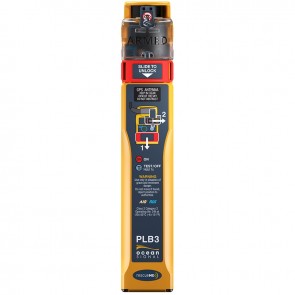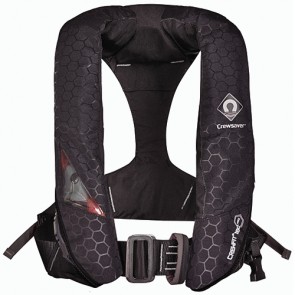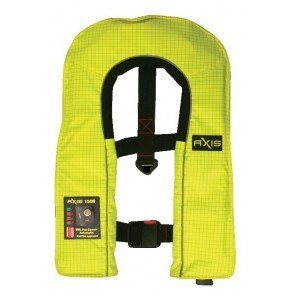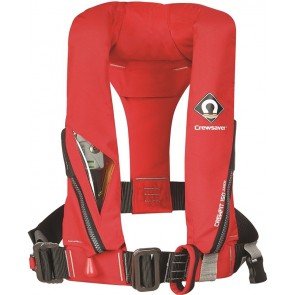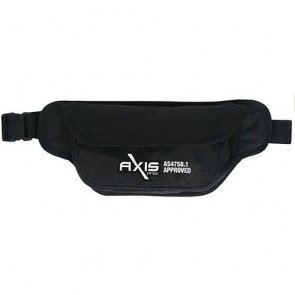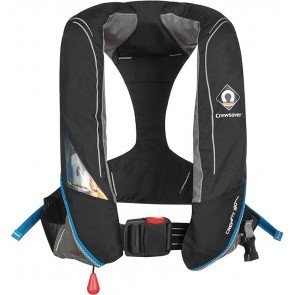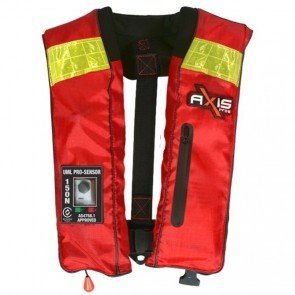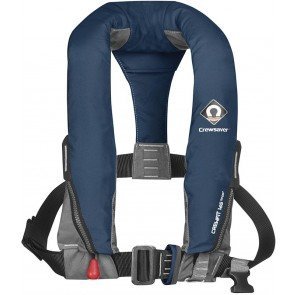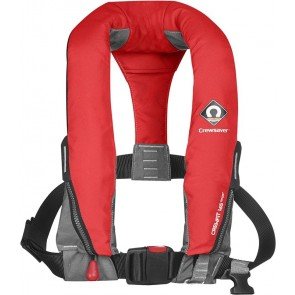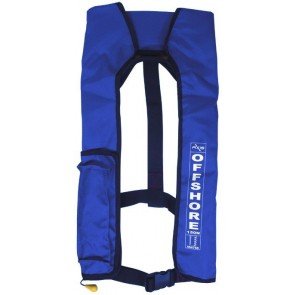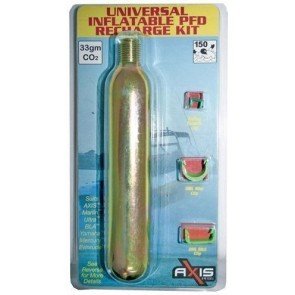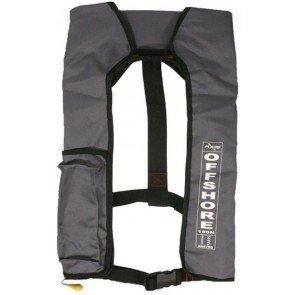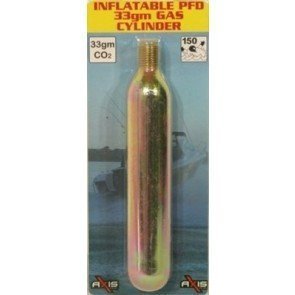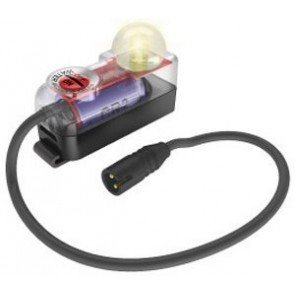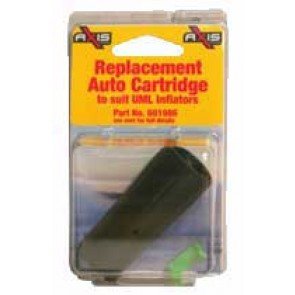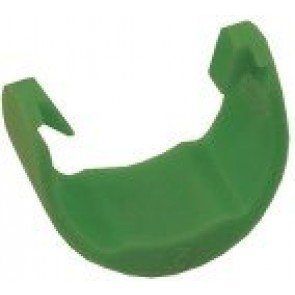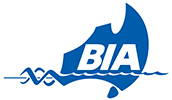Personal Flotation Device
Similar Terms: PFD,PFDs
A safety vest or jacket capable of keeping an individual afloat.
In July 2010, the National Marine Safety Committee introduced the new Australian Standard, AS 4758 into recreational boat safety equipment. The new standard introduces the identification of PFDs by 'levels' as opposed to the old standard regulations of Types 1, 2 & 3.
PFDs made to AS 4758 now display these new levels:
- Level 150: a new level of PFD and suitable for offshore use
- Level 100: similiar to PFD Type 1 and the minimum requirement for offshore use
- Level 50: similiar to PFD Type 2
- Level 50S (Special Purpose): similiar to PFD Type 3
| Level 150 |
Level 100 (Former PFD Type1) |
Level 50 (Former PFD Type2) |
Level 50S (Former PFD Type3) |
 |
 |
 |
 |
|
A Level 150 provides greater buoyancy support when a higher level of performance is needed.
|
A Level 100 and a PFD Type 1 are designed to keep you in a safe 'face up' floating position.
|
A Level 50 and a PFD Type 2 have less buoyancy than a PFD Type 1 or Level 100 and will not rotate you to a 'face up' floating position. Normally used for sailing, waterskiing, kayaking, canoeing, wind surfing and on Personal Watercraft |
Level 50S and PFD Type 3's have similiar buoyancy characteristics to the PFD Type 2 but are manufactured in a wider Range of colours and do not have buoyant shoulder straps. Favoured by water skiers, >Wake boarders, kayakers and canoeists. |
Related Products
-
Axis Ocean 150 Auto PFD
RRP: $173.70
NOW: $157.50
-
Ocean Signal rescueME PLB3 with AIS, RLS & Mobile Connectivity
RRP: $829.00
NOW: $799.00
-
Crewsaver Crewfit+ 180N Pro - Automatic PFD with Hood & Harness
RRP: $379.28
NOW: $319.00
-
Axis Automatic Hi Viz Flame Resistant PFD
RRP: $257.30
NOW: $214.50
-
Crewsaver Crewfit 150N Junior Lifejacket
RRP: $224.52
NOW: $202.50
-
Axis Manual Inflatable Waist Belt - 100 Mk2
RRP: $112.05
NOW: $87.50
-
Crewsaver Crewfit 180N Pro Lifejackets
From: RRP $265.07
$235.50
-
Axis Offshore 150 Camo Manual PFD
RRP: $120.70
NOW: $88.00
-
Axis Automatic 150 Offshore Pro MK2 Infatable PFD - Red
RRP: $171.65
NOW: $139.50
-
Crewsaver Crewfit 165N Sport Harness Lifejackets
From: RRP $167.35
$139.00
-
Axis Offshore 150 Red Manual PFD
RRP: $120.20
NOW: $88.00
-
Crewsaver Crewfit 165N Sport Lifejackets
From: RRP $161.79
$132.00
-
Axis Offshore Manual Inflate Blue PFD
RRP: $118.95
NOW: $88.00
-
Axis Universal Inflatable PFD Recharge Kit
RRP: $29.05
NOW: $24.00
-
Axis Offshore 150 Grey Manual PFD
RRP: $120.20
NOW: $88.00
-
Axis PFD Replacement Gas Cylinders
From: RRP $25.45
$18.50
-
Axis SOLAS Lifejacket Light
RRP: $52.50
NOW: $49.00
-
Axis UML Replacement Auto Cartridge
RRP: $29.55
NOW: $26.00
-
Standard Lifejacket
$28.00 -
Axis UML Micro Green Arming Clips
RRP: $12.05
NOW: $10.50


